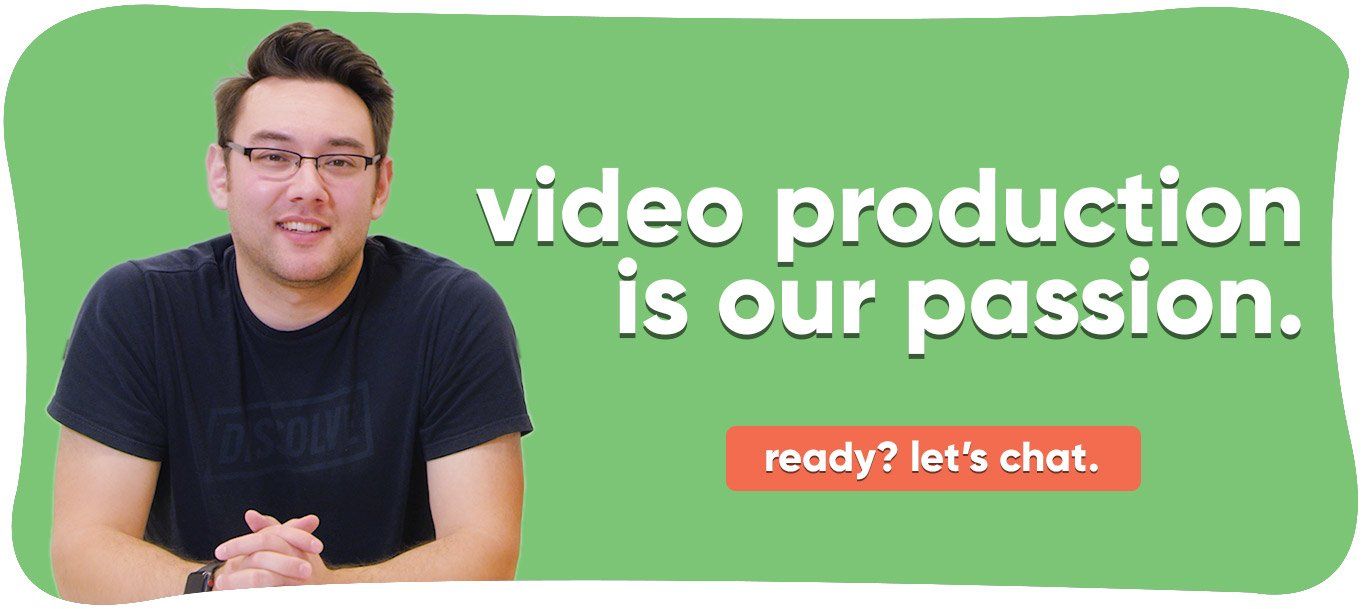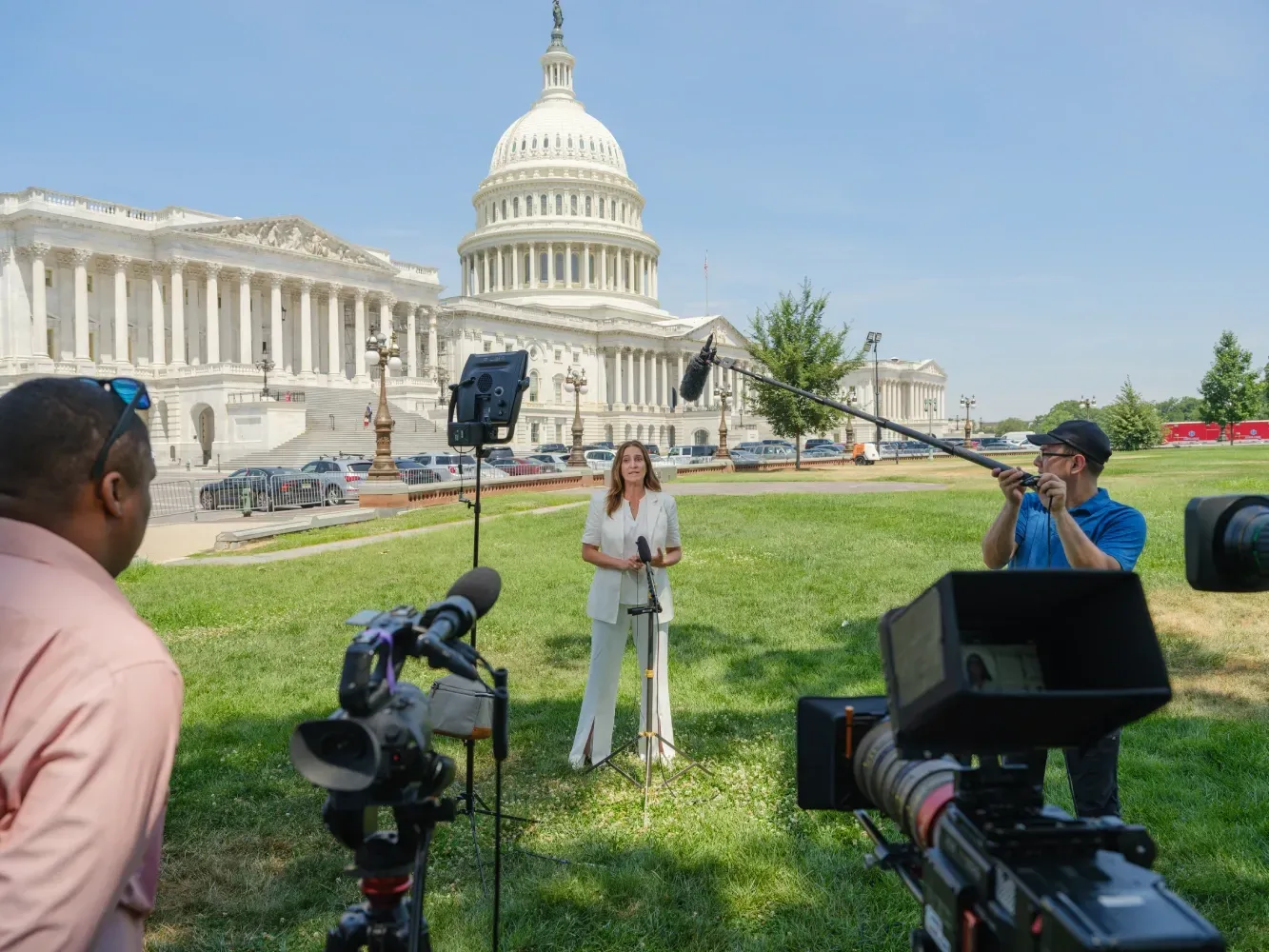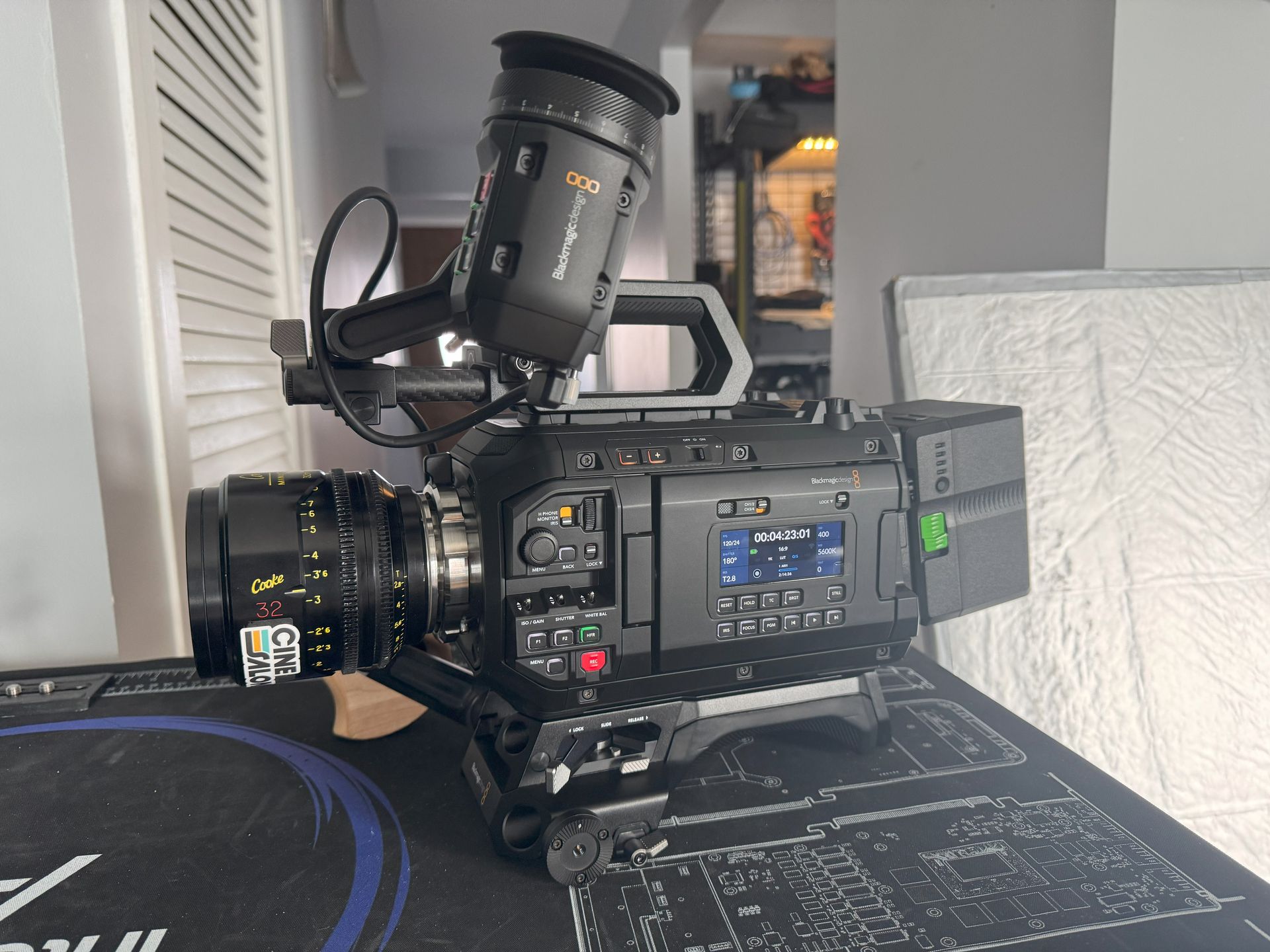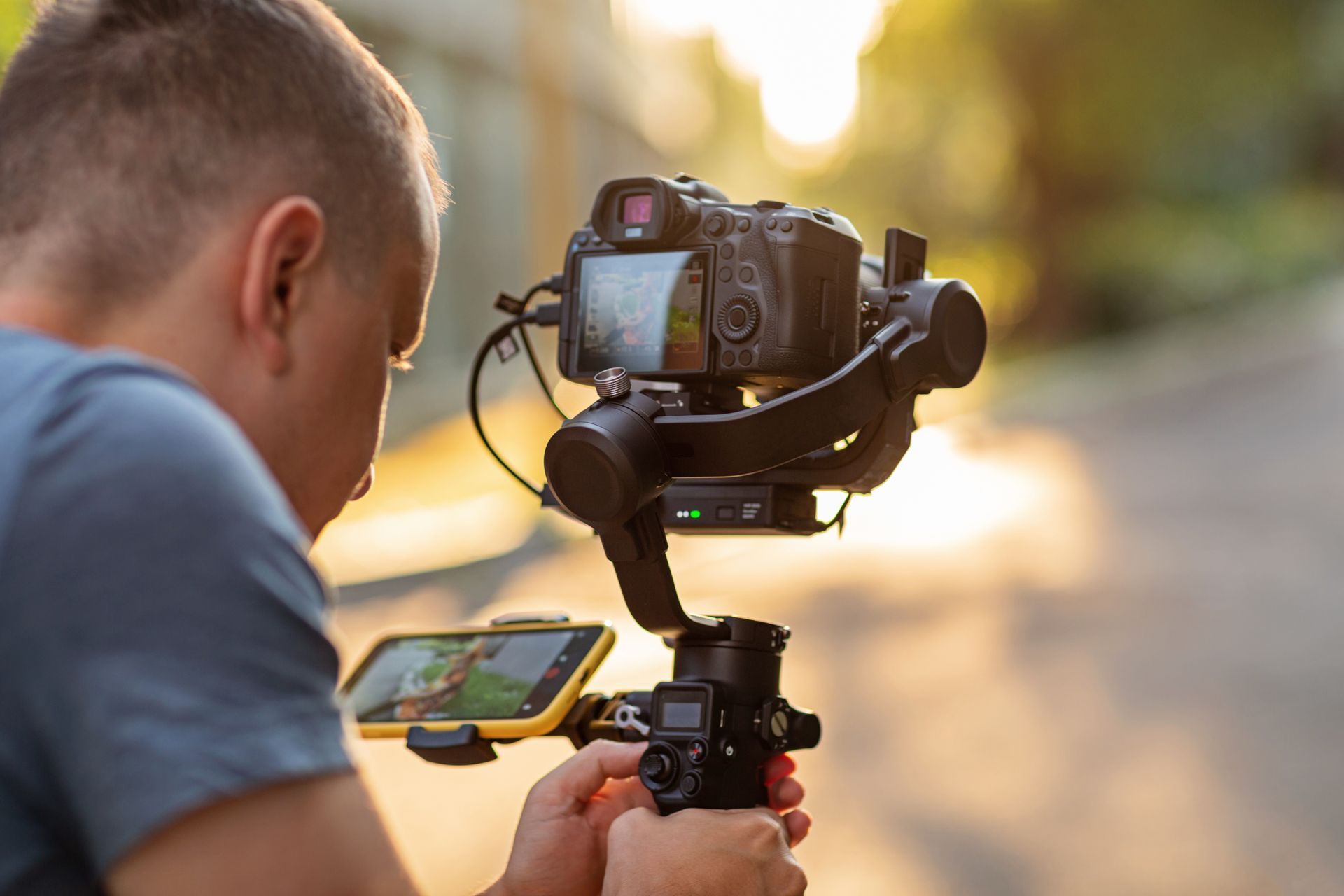People often assume that making videos that are above amateur quality needs to cost serious money and can only be done by "pros."
Nothing is farther from the truth.
Your current skills and equipment can give you the videos you need to attract the right audience. Or at the very least, skills and equipment you can get for meager prices.
We are here to dispel the myth that video creation is hard and costly.
Our guide is for marketers like you, with a small team that has little to no experience. It is also for creative video managers that have no gear to use or are on a tight budget and schedule. We're here to guide you through the process.
The end goal is to be able to fully utilize this channel that allows you to communicate fully to your audience. Videos can convey different ideas and emotions effectively and are a valuable asset in a marketing campaign. Our guide will help you create stunning videos without breaking the bank, and using as little equipment as possible. Perhaps even stuff you already have and do not know are capable of giving you the results you need.
The Budget, The Team, The Gear, & The Software
- What is my budget?
- Who will be my primary team?
- What are they capable of?
- What equipment and software are best for their skillset?
What is my budget?
-Of your current team, who can you pull aside to do this? Or do you need to hire a new person?
- Do you already have basic equipment like cameras, laptops, and microphones?
- Is your existing marketing team capable of creative video ideas? Do you have multiple people for your creative team, or is it one jack-of-all-trades?
Once you can answer what kind of team you want and a wide budget range you can afford, the next task is to find out what they are capable of.
Who will be on my team, and what are their skills?
The most obvious choice for a video producer is a manager or a team leader. Able to see the big picture, this person can use their existing skills in organization and macro-management to oversee the entire process.
A copywriter for your print or online ads can be the copywriter for video ads.
Graphic artists, even those not familiar at all with video-editing software, can train and adapt easier over time than others.
A designer or layout artist can be the cameraman, as their keen eye on how things frame also benefits video shooting.
What equipment and software are the best for my team?
Beginner Team Equipment Suggestion
- Smartphone (already exists in your business/company)
- Tripod or gimbal
- External microphone
- Selfie light - Laptop/Desktop (already exists in your business/company)
- Estimated total cost: $200 to $250 (or $500 to $1,000 if buying a new smartphone and/or desktop/laptop)
Smartphone
A smartphone is recommended both as a camera, microphone, and even a video-editing device. The quality of the video produced depends on the quality of the smartphone itself. But with nearly countless models out on the market, having a smartphone whose specific focus is to shoot high-quality videos is the best option.
Of course, for a beginner team and definitely for a tight budget, an existing company phone is an option. To make it an even better video recording device, you can add accessories like lenses and microphones that are bought for meager prices. You can also buy a simple phone gimbal to shoot videos with little to no shaky effects.
The main advantage of the smartphone is that it requires very little skill to use. Anyone who already has a smartphone already knows how to point and shoot videos. It will only take a minimal amount of adjustment todo so in a way that fits your video production strategy.
Pros of using a smartphone
- Very easy to use
- Adaptable with different accessories
- Ubiquitous and already exists in your company
Cons of using a smartphone
- Storage space depends on phone and SD card
- Video apps have limited capability
Smartphone Accessories
Laptop/Desktop and Editing Software
Pros of using a laptop/desktop
- Powerful and capable of better video editing
- Well worth the money
Cons of using a laptop/desktop
- Requires a bigger space to use
- More tedious to set up shots at the right angles and with proper lighting
Intermediate Team Equipment Suggestion
- DSLR camera
- Tripod and gimbal
- External microphone
- Softbox or umbrella lights
- Laptop/Desktop
- Estimated cost: $1,000 to $1,500 (or up to $2,000 if getting a new laptop/desktop)
A DSLR or digital single-lens reflex camera ups the ante and quality of the videos your team shoots. Keep in mind, however, that if you decide to get a DSLR camera, get one from this year. Even a mid-range DSLR camera will produce better quality videos than a higher-end camera that is sold second-hand for cheap but is from 6 or 7 years ago.
Pros of using a DSLR camera
- Specifically designed to shoot high-quality videos and pictures
- Versatile and offers full control of videos and images
- Can easily adjust to different lighting conditions
Cons of using a DSLR camera
But if there is one thing that you need to get for your DSLR camera, it's an external mic. Just like a smartphone, a DSLR's built-in microphone isn't as good as an external microphone. Having one attached to your DSLR will give better audio recordings, eliminating background noise in the process.
Many kinds of microphones will suit any of your needs; you need to pick the ones for your videos. For example, if you plan on shooting webinars on a stage or office where the camera is stationed far to show a large screen, board, or space, then a wireless lapel microphone can be used by the speaker. If most of your videos are vlogs or talking-head videos recorded up close and personal, a microphone on a stand works best. Whatever you pick is most certainly much better than the DSLR microphone. And while it adds cost, the money you'll save when it comes to editing the audio on post-production will more than pay for the additional microphone.
Advanced Team Equipment Suggestion
- Everything the basic and intermediate team has, but of the highest quality
- Multiple lenses
- Multiple lights
- Multiple advanced microphones
- Backdrops
- Dedicated studio space
- Estimated total cost: $6,000 to $10,000
Pros of using an advanced team setup
-DSLR cameras, lenses, lights, and other recording equipment are of the highest quality
- Can produce the best videos possible
- Can adapt to nearly any kind of video shoot or idea-Can create videos at a rapid pace
- The dedicated team utilizes every piece of equipment to its fullest
Cons of using an advanced team setup
-High investment cost
- Equipment is very complicated to use, requires an advanced skillset
- Maintenance and repairs could be costly if the equipment is damaged
- Cannot easily be used by substitutes to the in-house team unless trained prior
So how does one go about the process of video production with their in-house team?
Pre-production
a.) Know that practice makes perfect, so rehearsals are essential before production.
b.) Overestimate the time to account for travel, shooting, reshooting, and post-production editing.
c.) Plan and see the road map of the project.
d.) Are the best team leader you can afford to assign to the video team.
Production
Post-Production
Know that while there is no fixed formula for creating the perfect video for your exact needs, following our guide can help you create the best in-house videos possible. Whatever the budget, size, and gear set, with the right attitude and idea, you'll be creating amazing video content in no time.
Good luck!!

Get total clarity on your video marketing and paid media with our FREE comprehensive data audit.








